One of the best ways to celebrate the holidays is to gather around the table to enjoy a delicious, home-cooked meal.
Follow these simple recommendations to have a turkey feast that will be remembered for years to come, for all the right reasons.
Develop a turkey game plan
Before shopping, make room for the turkey in the refrigerator. When choosing a turkey, base the size on an allowance of 1 pound of turkey per person.
Purchase fresh turkey one to two days before you plan to cook it, and keep it refrigerated at 40 degrees Fahrenheit or colder. Keep frozen turkey frozen until it’s time to thaw and cook it.
Thaw the turkey in the refrigerator in the original packaging.
To properly thaw the turkey, keep it 24 hours in the refrigerator for each 4 pounds the turkey weighs. Meat and poultry should be stored on the bottom shelf of the refrigerator on a pan or tray to catch any raw juices that may leak from the product.
Fresh fruits and vegetables should be placed in a separate location from raw meat and poultry.
Also, before cooking the turkey, make sure the proper equipment is available. Prior planning for the feast will decrease the chance of foodborne illness.
Be sure there is a food thermometer on hand, and have separate cutting boards for meats and vegetables.
Preparing your feast
Follow these suggestions to ensure your feast is safe for everyone at your dining room table.
When preparing the feast, be sure to wash hands and utensils well between each food preparation step.
Utensils and kitchen surfaces can be sanitized using 1 tablespoon of plain, unscented chlorine bleach per gallon of water after washing and rinsing. Allow the sanitizing solution to stay in contact with the item being sanitized for at least one minute.
If the turkey is being stuffed prior to cooking, stuff it loosely.
Use an oven temperature no lower than 325 degrees F. Cook your turkey and stuffing to an internal temperature of 165 degrees F. Use a food thermometer to be sure both the turkey and the stuffing have reached this temperature.
Once your food is safely prepared, avoid the temperature danger zone. Keep hot foods at 140 degrees F or hotter and cold foods at 40 degrees F or colder for serving.
Rinse fresh fruits and vegetables just prior to serving.
The meal that keeps on giving
Maybe the second best thing about holiday meals — the first being sharing a great meal with friends and family — is the leftovers.
If leftovers have stayed at room temperature for more than two hours, they should be discarded, so it’s important to get them in the refrigerator quickly.
When putting away leftovers, divide them into smaller portions in shallow food storage containers. This allows food to cool faster, which protects it from sitting for long periods in the temperature danger zone.
If leftovers won’t be used within three to four days of the feast, freeze them. Gravy should be frozen within two days.
Finally, make sure food is reheated safely. Solid leftovers should be reheated to at least 165 degrees F. Liquids, like soups and gravy, should reach a rolling boil before consuming.
Visit extension.uga.edu for more information on keeping the holidays safe and happy.



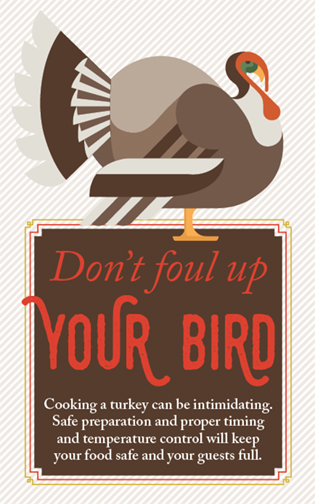
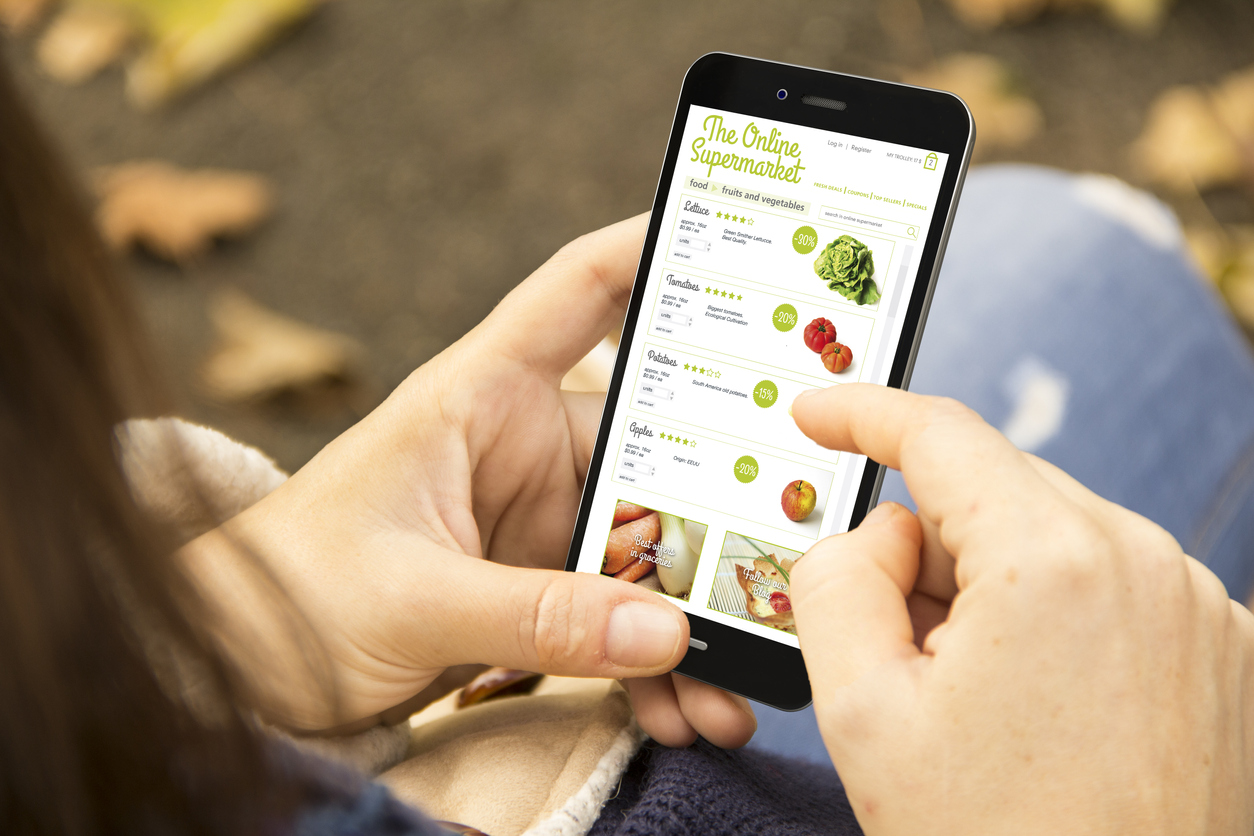
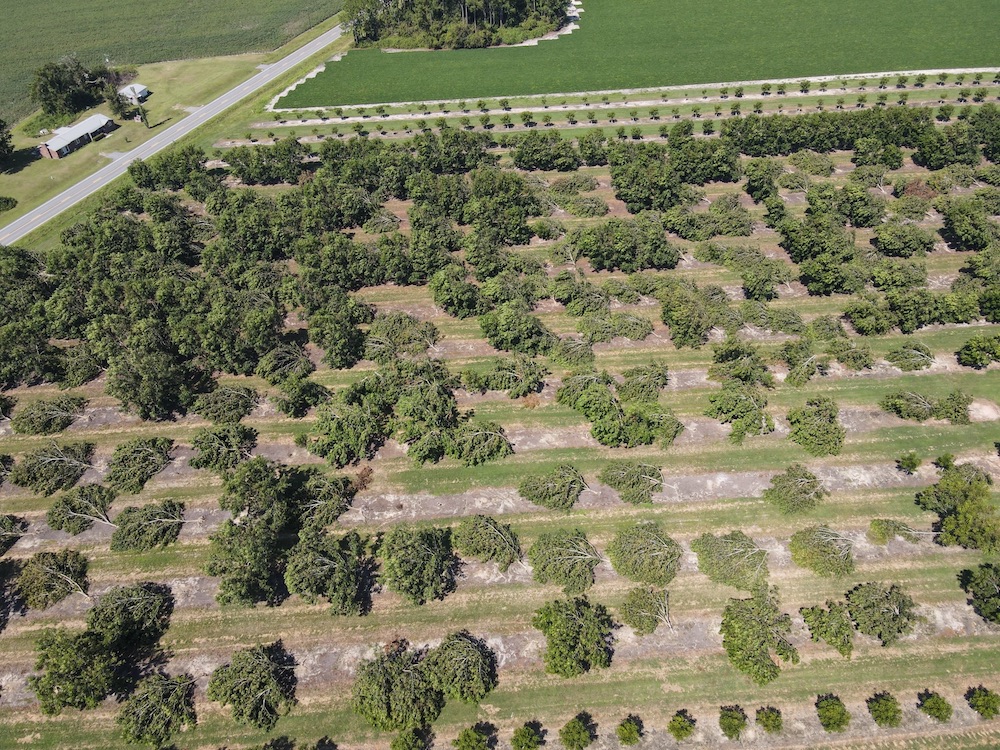
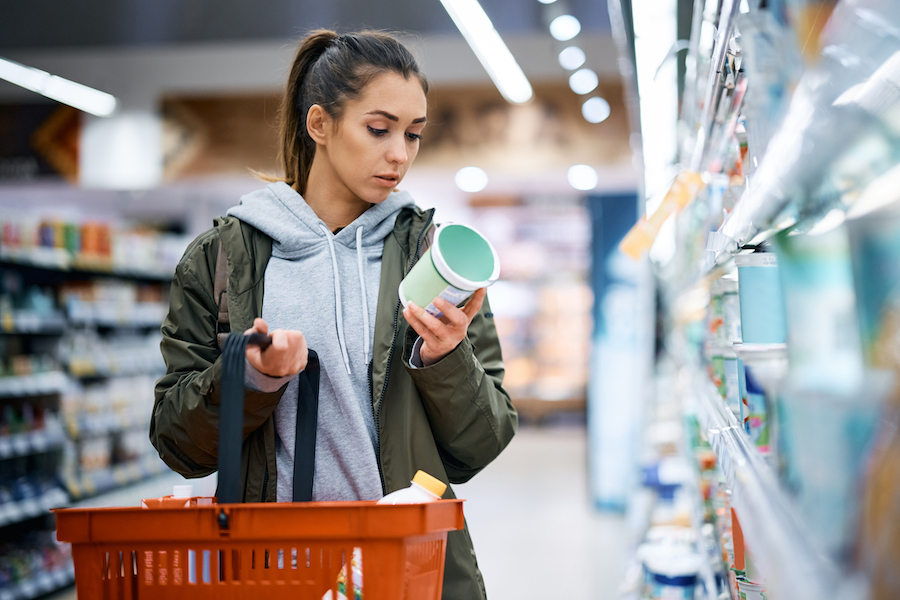
.jpg)
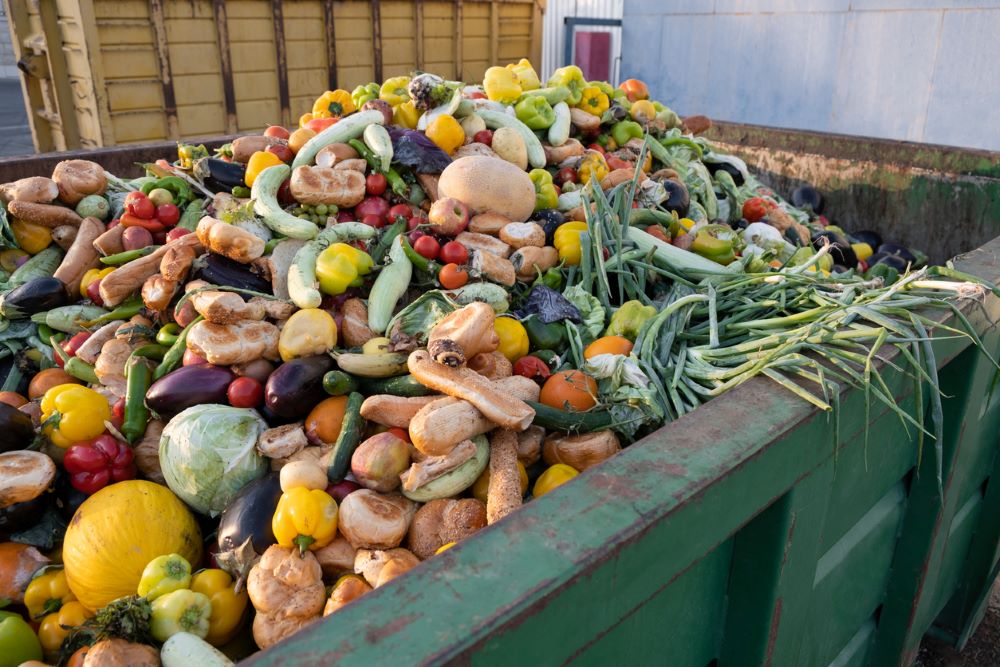
.png)